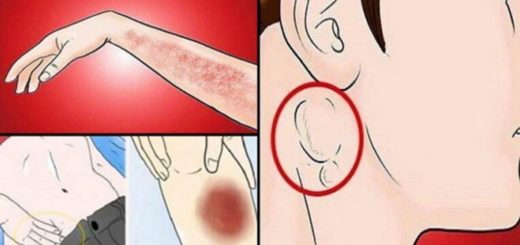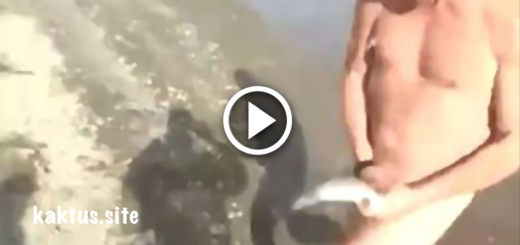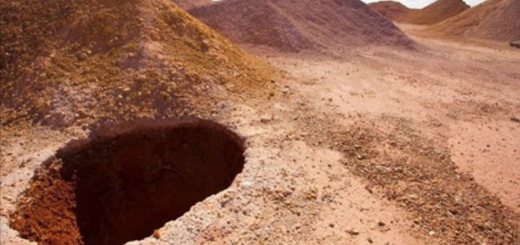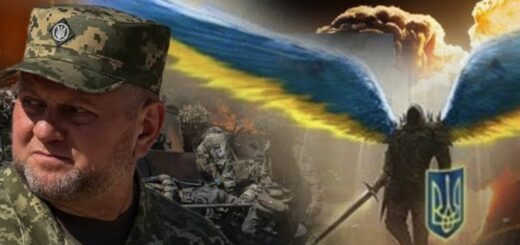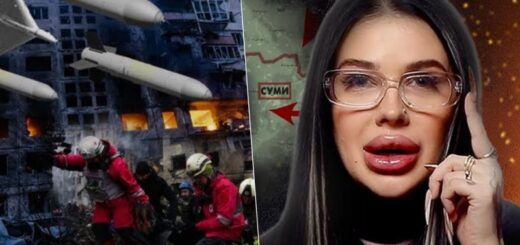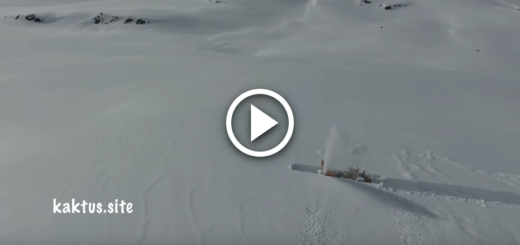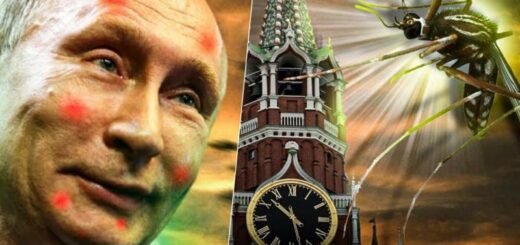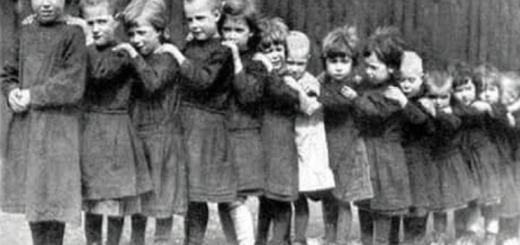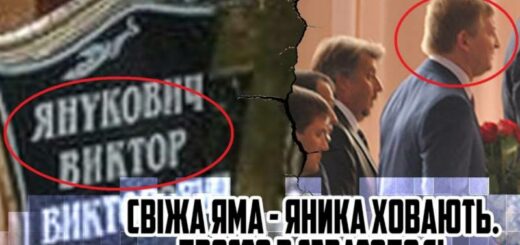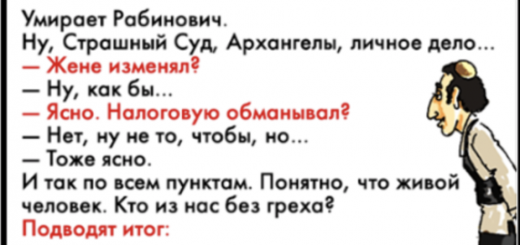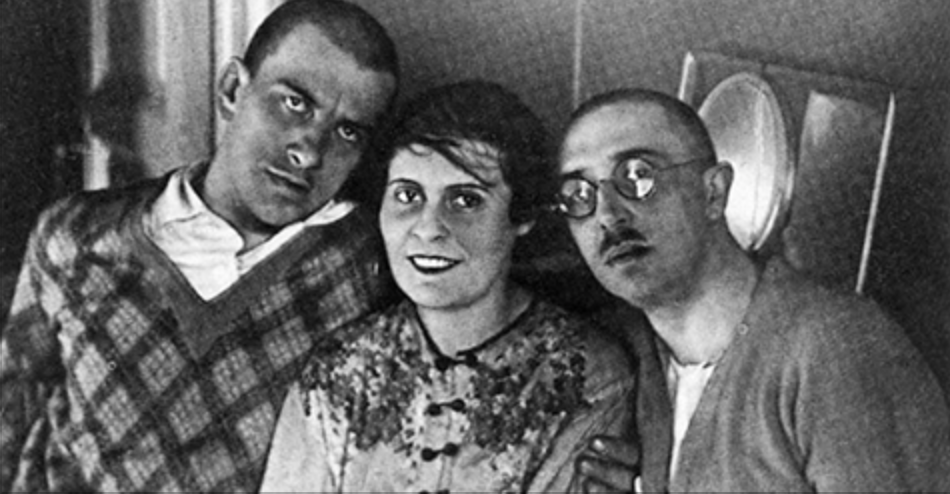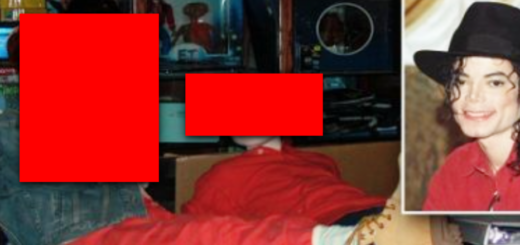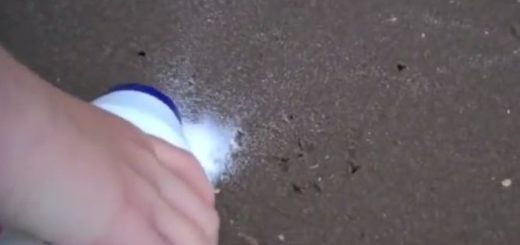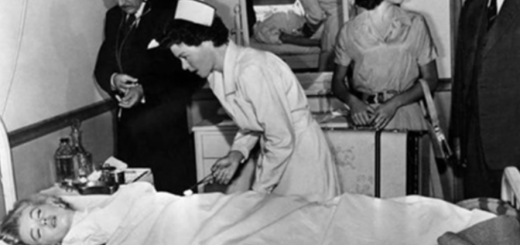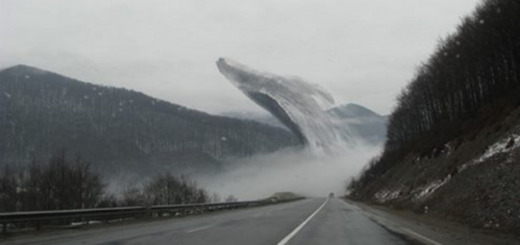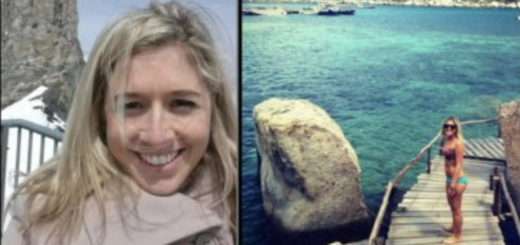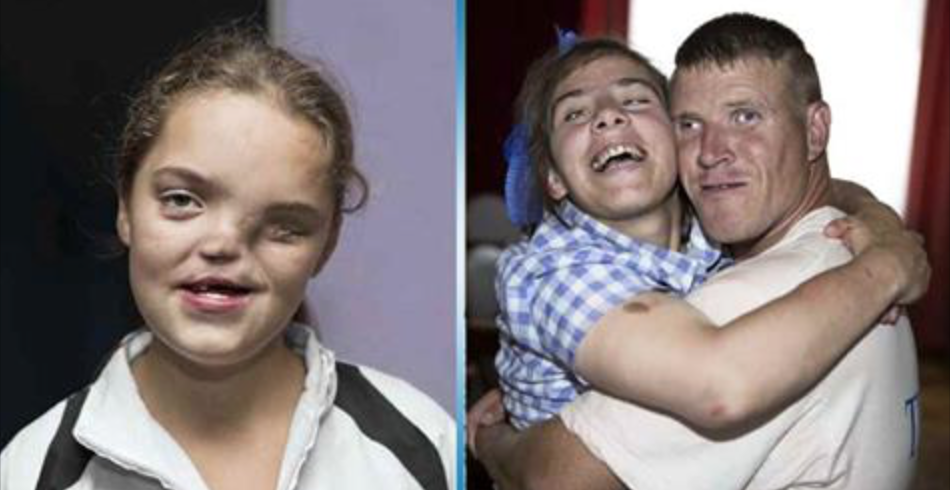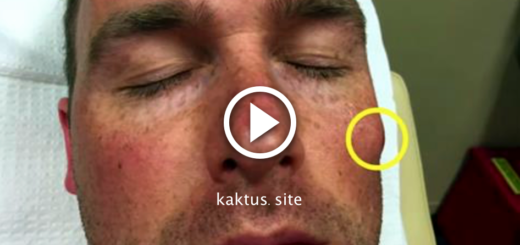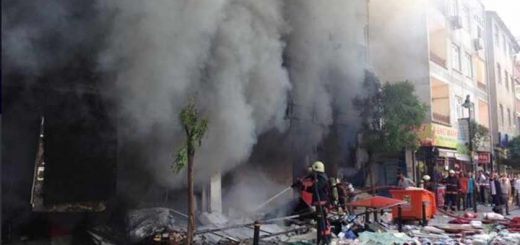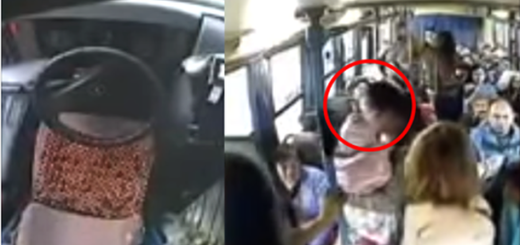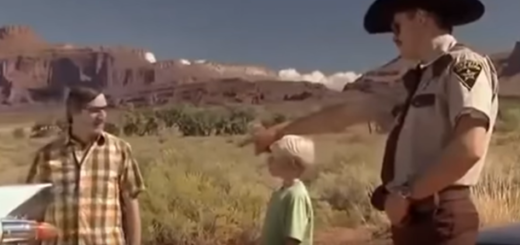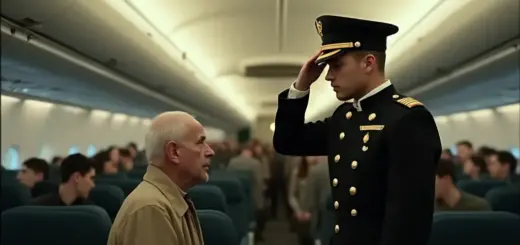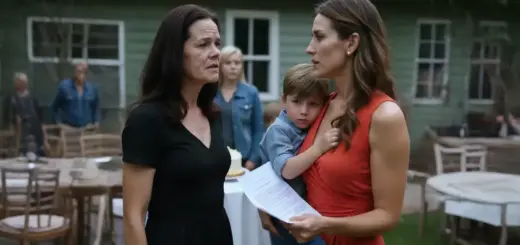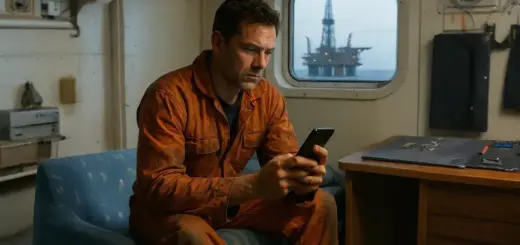«Trident Actual, continue designations. I’m rolling east again.»
She worked the same playbook she’d written in secret. Kill the air defenses first. A Maverick into a hot SAM site on the southern spur, then terrain-mask behind a ridge to break the other site’s lock. Open a lane. Stitch the ridgeline positions that anchored the crossfires, not the ones that looked meanest on the scope.
Keep the gun bursts short, half-second taps, no hero strings. Let the dust hide friendlies. Let the sound collapse the assault’s morale. «Talk to me, Trident. Push three teams west under my fire. Stay below the rock lip. I’m walking rounds uphill ahead of you.»
Within minutes, the radio cadence shifted. Less panic, more verbs. «Moving.» «Set.» «Next bound.»
In the ops center, radar tracked a single A-10 carving armored Zs in a valley of red icons. The F-16 lead came up on the base net: «Observing A-10 placing rounds inside 25 meters of friendlies. Either suicidal or surgical. So far, surgical.»
SEAL comms fed into the room. «Thunderbolt 7, that was the gun pinning our east. Clear to move.»
«Copy. Shift north. I’ll take the crest in three, two, one… gun.»
The people who’d mocked Delaney went very quiet. Hayes from the Inspector General’s office reminded Sanderson what the book required. Morrison pointed at the map and said what the moment required: «She’s the only asset that can do this. Support her or write the eulogy.»
Sanderson hesitated at the edge of his career and his conscience. Delaney’s third pass erased the second SAM with a pop-up Maverick from behind terrain. Now helicopters could start thinking. Not yet. First, the exit.
She talked Trident Actual onto a seam she’d seen in satellite photos months ago, a shallow fold on the west ridge no one would pick from overhead unless they’d walked the topo lines by hand.
«Thunderbolt 7, that fold is real. We can move in it.»
«Do it. I’ll rake the high points fifty meters ahead of you.» Thirty-millimeter rounds thudded like a giant zipper closing across stone. Enemy fire stuttered, then stopped. The SEALs bounded. For the first time all day, blue icons moved.
An enemy element tried to roll the corridor from above—fifty, then forty meters. Delaney flattened the dive, brought the pipper low, and pulsed a three-quarter-second burst that shaved the ridge like a carpenter’s plane. Chips of rock, then stillness.
«Good effect,» Trident Actual said, breathless but steady. «We’re at the mouth. Two more positions on the far lip.»
«Mark with spark,» she said. A bright IR winked, and she split it by a body length. No friendlies hit. The corridor held.
By the time the F-16s could legally help on the outer rings, Delaney had already decapitated the inner ones. Helicopters spun up. A dust trail of the ground QRF snaked toward the pickup point. The valley changed from a last stand to an organized breakout in under fifteen minutes.
Back at base, Sanderson finally chose. He opened the support floodgates: tankers, deconfliction, a full ISR picture to Delaney’s net, and a medevac plan keyed to her corridor. «Thunderbolt 7,» a new voice said, calm and authoritative. «Kandahar has you on primary. We’re with you.»
Delaney didn’t answer on the command net. She didn’t have to. The only voices she needed were the ones on the ground. «Trident Actual, continue the push. I’m staying on your shoulder.»
The corridor existed barely, a carved zipper of silence through a mountain shouting war. Delaney stayed welded to Trident Actual’s shoulder, turning the valley into a sequence of micro-battles she could win in seconds. A pickup truck gun team crested high on the right—too thin for a Maverick, too fleeting for rockets. She dipped, let the pipper kiss the hood, and tapped. The truck folded, the gunner vanished in dust.
«West high is cold,» she called. «Move.»
On the east spur, an RPG team tried to get clever with offsets. She beat the shot by instinct: flare, jink, half-second stitch across the muzzle flash. Offset shooter neutralized. The SEALs advanced by bounds, three teams at a time, then four, then all of them flowing like water finding gravity’s line. Every bound, Delaney put thirty-millimeter rounds exactly where they made the next ten seconds survivable.
«Thunderbolt 7, we’re at the LZ fold,» Trident Actual said, voice steadier now. «Two positions still raking us.»
«Paint one.» An IR winked. One pulse of the gun, and the ridge exhaled. «Paint two.» The second winked, and she shaved it off the mountain.
«LZ is workable,» Trident Actual confirmed. «Request rotors.»
«Rotors inbound,» base finally offered on the CAS net, now committed. «Chalks three minutes out.»
Three minutes was a lifetime if the ridge woke up again. Delaney made sure it didn’t. The first Chinook surfed its own brownout into the fold. Delaney pushed out to the rim, hunting anything with a line of sight into the LZ. Two muzzle flashes blinked in a stand of rock. She pressed a diagonal burst like a zipper across stone. The flashes died.
«Chalk One lifting, taking aboard first sticks. Second Chinook in.» Another dust cloud. Another moment where a single uncut thread could strangle the whole effort. Delaney found the thread: a PKM team shifting positions, trying to get low. She snipped it with three rounds.
«Chalk Two lifting. We’re green.»




